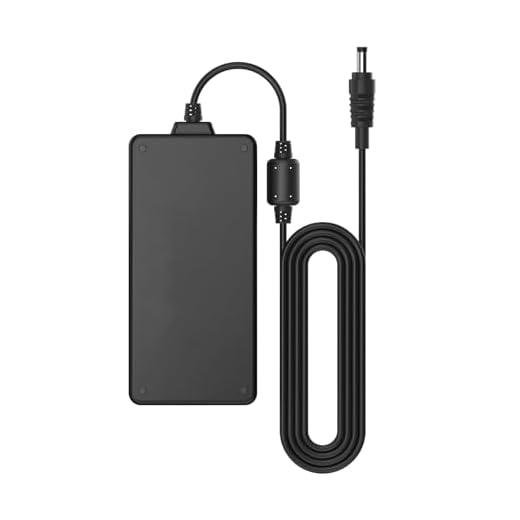




Security cameras are a valuable tool for protecting your home and loved ones, but there may be times when you need to turn them off temporarily. Whether you’re hosting a private event, have privacy concerns, or simply want a break from constant surveillance, knowing how to disable your security cameras is important.
Before you proceed with turning off your security cameras, it’s essential to understand the potential risks and consequences. Disabling your cameras can leave your home vulnerable to intruders and may impact your ability to monitor activities around your property. However, if you have valid reasons for turning off your security cameras, here are some steps you can take to do so safely and effectively.
Keep in mind that the process of turning off security cameras will vary depending on the type and brand of camera you have installed. It’s recommended to consult the user manual or contact the manufacturer for specific instructions on how to disable your security cameras.
How to Disable Security Camera at Home
Security cameras are an essential part of home security systems, but there may be times when you need to disable them for various reasons. Here are some steps you can take to turn off security cameras at home:
1. Unplug the Power Source
The simplest way to disable a security camera is to unplug its power source. Most security cameras are connected to a power outlet, so unplugging the camera will effectively turn it off.
2. Use the Camera’s App or Control Panel
Many modern security cameras come with a mobile app or a control panel that allows you to easily disable the camera. You can use the app to turn off the camera temporarily or schedule a time for it to be turned off.
Locate the Power Source
Before attempting to turn off your security camera, you need to locate the power source that powers the camera. This could be a wall outlet, a battery pack, or a solar panel. The power source will determine how you can effectively disable the camera.
If the camera is connected to a wall outlet, you can simply unplug it to turn it off. If it is powered by a battery pack, you may need to remove or disconnect the battery to disable the camera. In the case of a solar-powered camera, you may need to cover the solar panel to prevent it from generating power.
Once you have identified the power source and disabled it, the security camera should no longer be operational. Be sure to follow any manufacturer instructions or safety precautions when handling the power source to avoid damage or injury.
Shut Down the Camera System
If you want to turn off your security camera system completely, the best way is to shut down the power source. Most security cameras are connected to a power outlet or a central power supply. Locate the power source for your cameras and switch it off. This will effectively disable your camera system.
Alternatively, you can access the camera’s control panel or app and look for a power off or shutdown option. Some cameras may have a physical button to turn them off. Refer to the user manual for specific instructions on how to power down your camera system.
Unplug the Camera
If you want to completely turn off the security camera at home, the simplest way is to unplug it from the power source. Most security cameras are connected to a power outlet via a power adapter or a USB cable. Locate the power cord or cable that is connected to the camera and unplug it from the outlet. This will immediately cut off the power supply to the camera, effectively turning it off.
Use the Camera’s App
If your security camera is connected to a smartphone app, you can easily turn it off using the app. Simply open the app on your phone and look for the option to disable the camera or turn off the live feed.
Most camera apps have a simple interface that allows you to control the camera settings with just a few taps. Look for the power button or a similar icon that lets you turn off the camera’s recording or monitoring functions.
Using the camera’s app is a convenient way to quickly disable the camera without having to physically access the device itself. Make sure to log out of the app after you turn off the camera to ensure your privacy and security.
Check for Backup Power
Before attempting to turn off a security camera at home, it’s important to check if the camera has a backup power source. Some security cameras come with built-in batteries or backup power options that allow them to continue operating even when the main power source is disconnected.
If the security camera has a backup power source, you will need to locate and disable it in order to fully turn off the camera. This may involve removing the battery or disconnecting the backup power supply from the camera.
Consult the User Manual
If you are unsure about how to turn off your security camera, the best place to start is by consulting the user manual that came with the camera. The user manual will provide specific instructions on how to operate the camera, including how to turn it off properly.
Look for the section in the user manual that discusses powering the camera on and off. It may include step-by-step instructions or diagrams to help you navigate the settings and controls of the camera.
If you no longer have the physical user manual, you can usually find a digital copy on the manufacturer’s website. Simply search for the make and model of your security camera and look for the user manual download link.
Consider Professional Assistance
If you are unsure about how to turn off your security camera system at home or if you encounter any difficulties, it may be best to seek professional assistance. Contacting the manufacturer of your security camera system or a reputable security company can help ensure that the system is properly disabled without causing any damage. A trained professional can provide guidance on the steps to take and offer solutions tailored to your specific situation. Remember, your safety and privacy are important, so it’s better to be safe than sorry when dealing with security camera systems.







